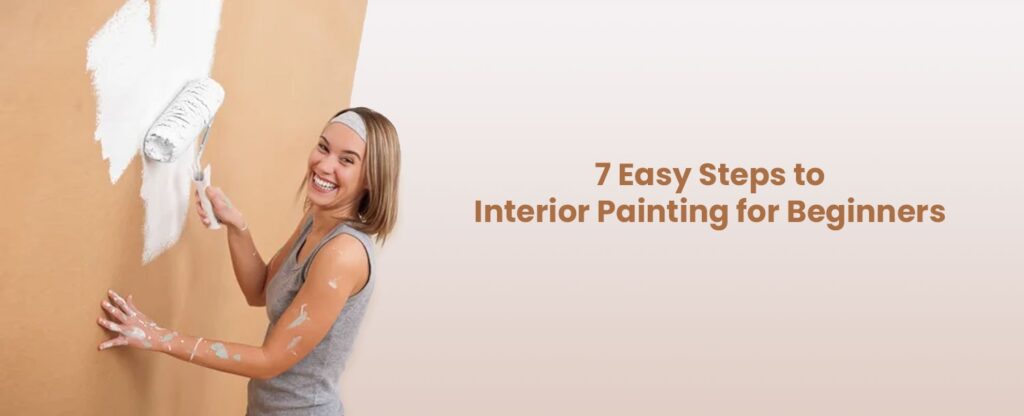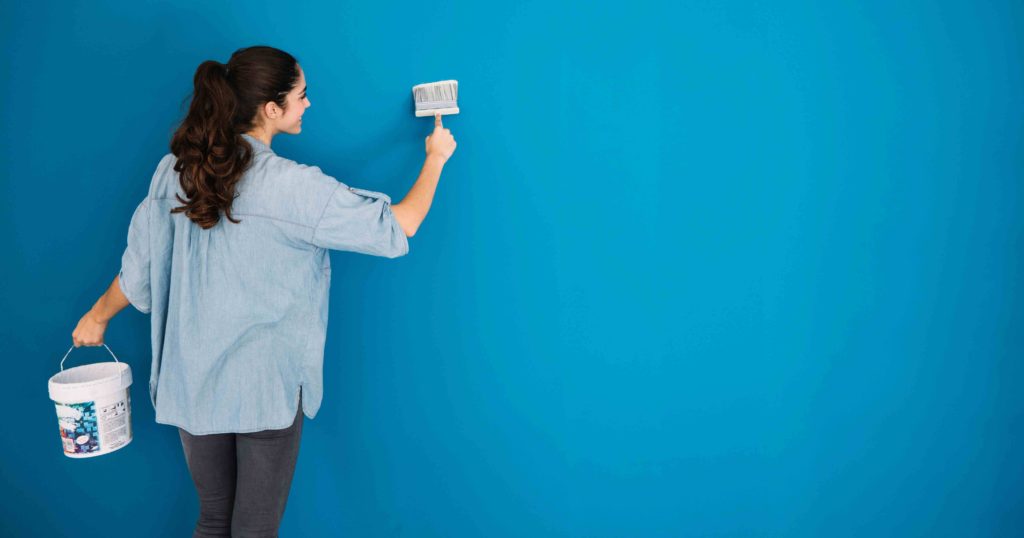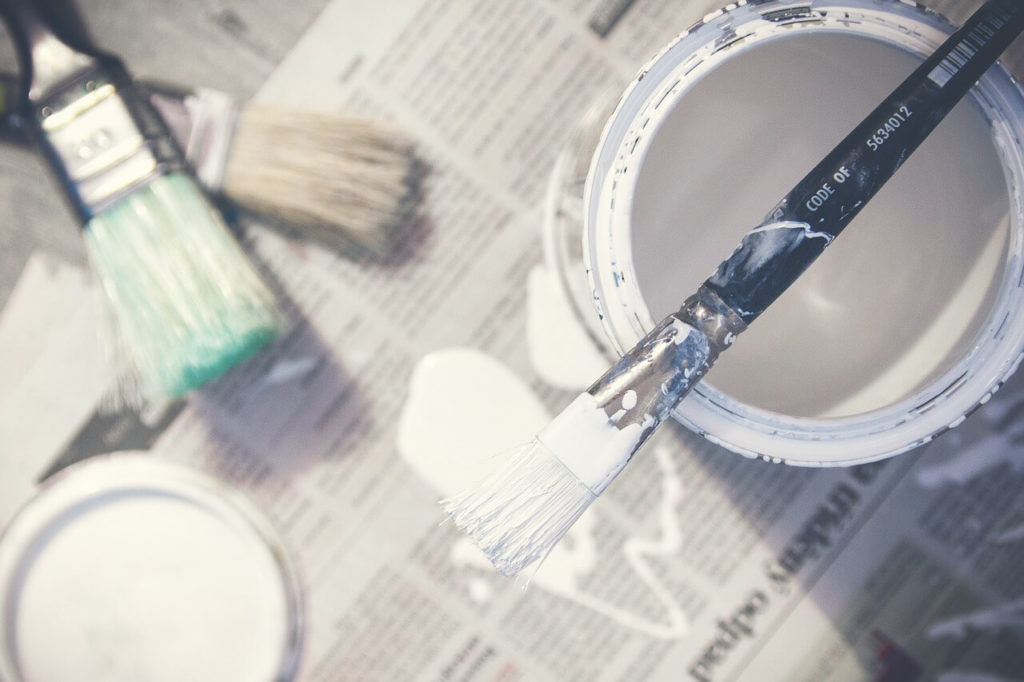
Painting your interiors is a relatively easy task.
A painter or any other worker has yet to gain that experience initially but then gains so much knowledge in the field.
It is okay if you have not gained prior knowledge of the painting. Painting techniques can be learned and practiced. That will come in handy when you’re painting.
This article will teach you the fundamentals of painting. It will assist beginners in doing interior painting work.
Top 7 Interior Painting Tips for Beginners:
Interior painting involves seven basic steps that are new to the job.
These steps are beneficial for beginners who plan to paint interiors.
- Get to know the fundamentals of painting.
- Brush up on your painting skills and practice them.
- What materials are called for beginners?
- Before you begin painting, inspect the walls.
- Choose your interior colors with care.
- Why is patience essential in painting?
- Who will choose between a professional and a do-it-yourself painter?
Get to Know the Fundamentals of Painting:
So you’re new to the painting industry. Are you still unsure of where to begin?
First and foremost, learn about painting terms and services.
You’re new to the field, so studying will be difficult at first, but it will be simple once; you’re familiar with painting services, it will be simple whether you’re going to paint something before taking painting classes.
It will aid in the interior painting project.
Brush up on Your Painting Skills and Practice Them:

You cannot do walls without painting. Painting is impossible without the brush and roller; brushwork is essential.
To be a good painter, you should practice the techniques. It will help you do a superior job of painting. Never compare yourself with a professional one, because it will take some time to reach that level.
The V and W techniques are the most effective when using a brush or roller to create good painting strokes on the wall.
It will completely cover the surface. Trimming and cutting-in techniques are also main for corners, window frames, and doors. Then, always begin your painting from the top down.
The grid method is ideal for painting the ceiling. When it comes to painting, practice makes perfect.
What Materials Are Called for Beginners?

When painting, your tools, and materials are essential. As a beginner, you don’t know what materials to use.
So, here are some primary and necessary materials to be ocular. The tools include paint, a bucket, a paintbrush, a tray, a roller, sand, primer, a drop cloth, a putty knife, and a ladder.
To paint effectively, painters need protective equipment, such as a mask, a painter’s cloth, gloves, and glasses.
These are the basic painting and painting materials. You must also choose the correct size of the tool for painting.
Refer: The 9 Essential Tools and Equipment for Professional Painting
Before You Begin Painting, Inspect the Walls:
You’re all set to start painting. Before you begin, you must prepare the walls. First, examine the walls.
Examine the surface for any cracks, holes, mold, or dirt. To detach the old paint, it must be trimmed.
Before painting a wall, smooth the surface if it is the newly built wall; otherwise, if dirt is present, clean it thoroughly before painting.
Other than that, inward is no problem to start painting.
However, it is not necessary to remove the old paint when repainting.
The wall is then smooth and easy to paint. So, use fillers to fill the cracks and holes, then use sand processing to level the surface.
Lightly Sanding the walls will give a smooth surface. After that, apply primer to protect against cracks and molds.
Choose Your Interior Colors with Care:

This is a headache when it comes to picking colors for furniture, homeowner satisfaction, and selecting two colors.
As a result, color selection is critical in completing the look of the interiors.
If you’re not good with colors, don’t worry; a color consultant will help you.
Color analysis is a foremost part of the painting process.
Refer: 9 Easy Ways for Choosing Interior Colors
Why is Patience Essential in Painting?
Of course, patience is foremost. Because you cannot be sluggish when painting, you must apply the paint coating carefully and quickly.
Because painting slowly takes a long time and causes your hands to ache. Then there’s the drying time between paint coats.
You’ve to wait to apply the other coat. It is critical for the business that you treat your customers politely and patiently. If you’re a do-it-yourself painter, patience will yield the best results.
Who will Choose Between a Professional and a Do-It-Yourself Painter?
This is unquestionably your choice. So, if you want to take a chance but don’t have the time to give your entire house a professional makeover, a professional painter is the best option.
If you want to learn new skills, are interested in creating new ideas for your room, plus can fully cooperate to practice DIY painting is beneficial for you. You have complete control over your actions.
Refer: What is the Difference Between DIY and Professional Painting?
Conclusion:
The above are seven painting tips for beginners.
These are the basic tips for the painting job.
There are numerous aspects to the painting job.
I hope this article has provided you with some information about interior painting.
If you want to paint your space, we are a professional painting company located in Singapore. We provide high-quality painting services by skilled painters.
Whether you need a painting service or a painting contractor, we’ve got you covered.
Also Read:7 Easy Tricks to Paint Your Room Fast
